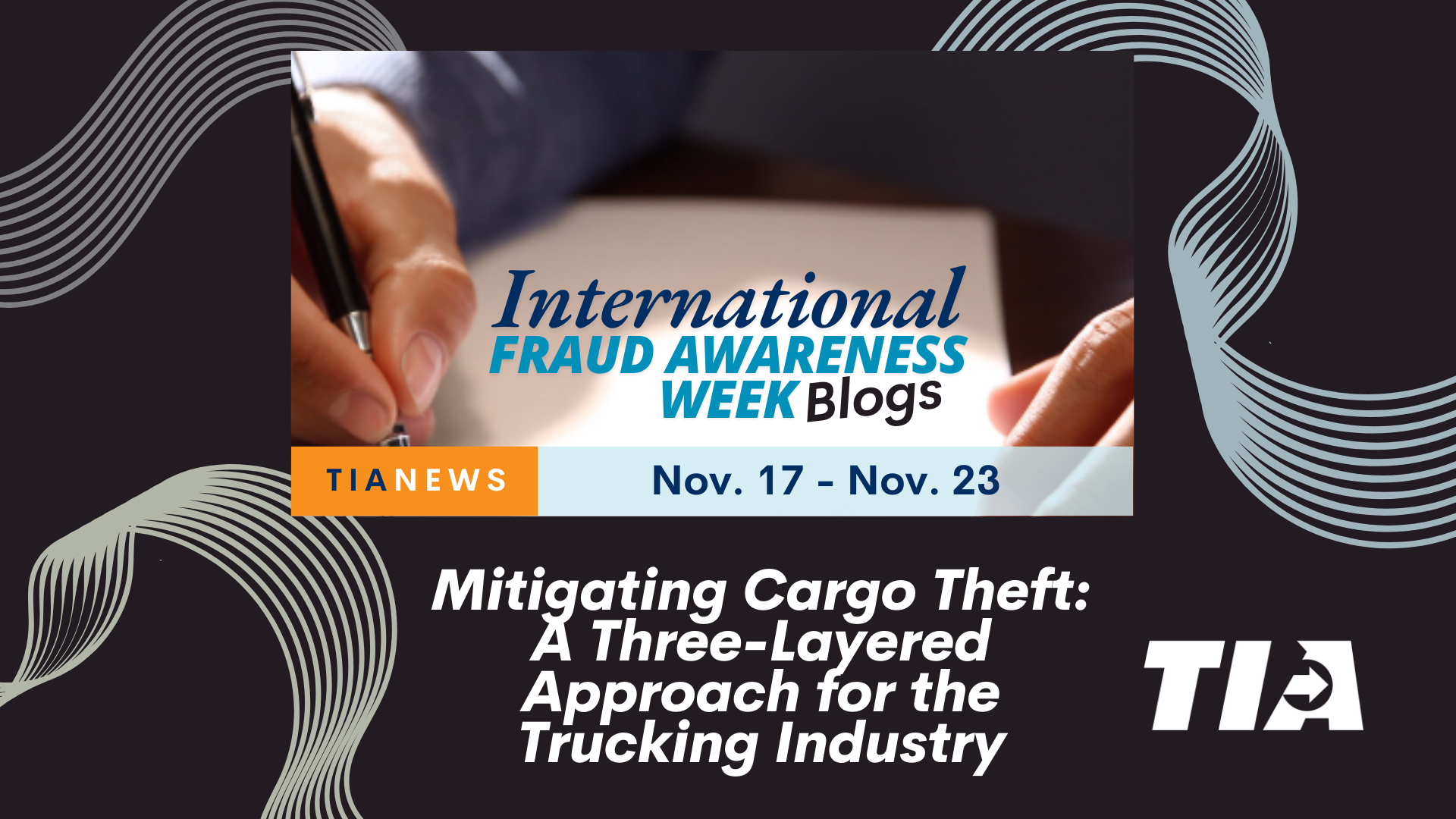Mitigating Cargo Theft: A Three-Layered Approach for the Trucking Industry

Cargo theft is a persistent threat in the logistics sector, particularly in trucking. To combat this, a strategic, layered approach is essential. This method emphasizes not only physical security measures but also the critical role of education and technology. Here’s how a three-layered defense can significantly reduce the risk of cargo theft.
Layer 1: Process and Procedure
The foundation of any robust anti-theft strategy is establishing strong processes and procedures. These include:
1. Driver Education: Drivers are frontline defenders against theft. By educating them about the specific risks associated with their routes and cargo, they become more vigilant. When drivers understand the potential threats, they’re less likely to become victims.
2. Red Zone Protocols: Implementing protocols like the “red zone” rule—where drivers are required to drive a minimum of 250 miles after pickup before stopping—can deter theft attempts. This reduces the time cargo is exposed in high-risk areas.
3. Emergency Communication: Drivers should be instructed to notify dispatch immediately if they need to make an unscheduled stop. This allows for real-time adjustments to security measures.
Layer 2: Physical Security Devices
The second layer focuses on physical deterrents to theft. These devices are critical in making it harder for thieves to access the cargo:
1. High-Security Rear Door Locks: These locks prevent unauthorized access to the cargo area.
2. Landing Gear Locks: These devices secure the trailer’s landing gear, preventing it from being detached and stolen.
3. Air Cuff Locks: These locks disable the air brake system, immobilizing the truck and making it difficult for thieves to drive off with the cargo.
Layer 3: Technological Solutions
The third layer leverages technology to enhance cargo security and monitoring:
1. Covert Tracking: Hidden GPS trackers allow for real-time monitoring of the cargo’s location. If a theft attempt occurs, the exact location can be quickly identified and acted upon.
2. Geo-Fencing: Dispatch can set up a virtual perimeter around a vehicle’s location during an emergency stop. This ensures any unauthorized movement can be detected immediately, allowing for a swift response.
The Importance of Driver Engagement
The success of these layers depends heavily on driver participation. Drivers must understand the importance of each layer and their role in executing the security measures effectively. When drivers are aware of the risks and trust the processes, they are more likely to adhere to protocols and use security devices correctly.
By integrating these three layers—process and procedure, physical security devices and technology—the trucking industry can significantly reduce the risk of cargo theft. This multi-faceted approach not only protects freight but also empowers drivers to be active participants in securing the supply chain.

